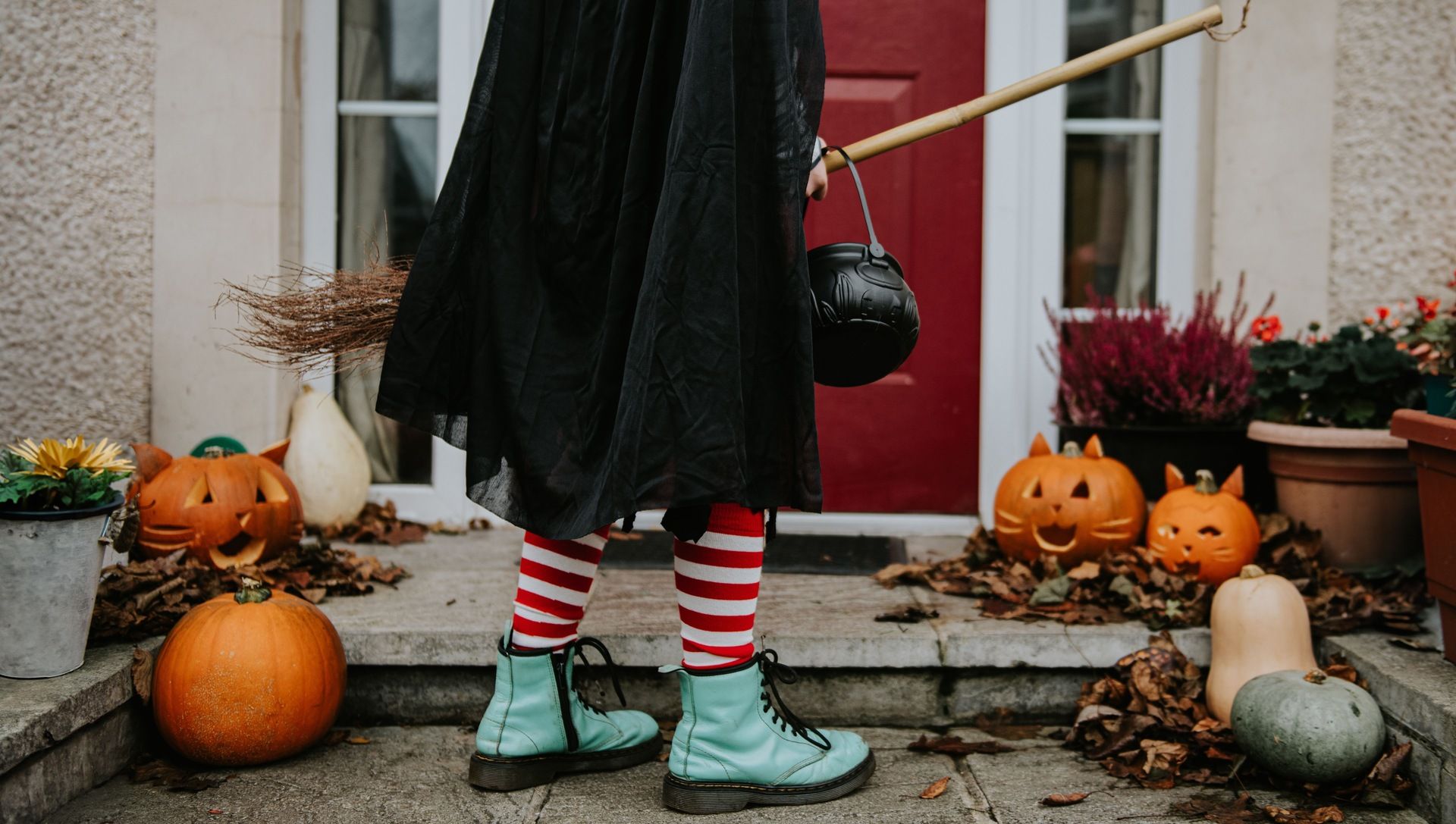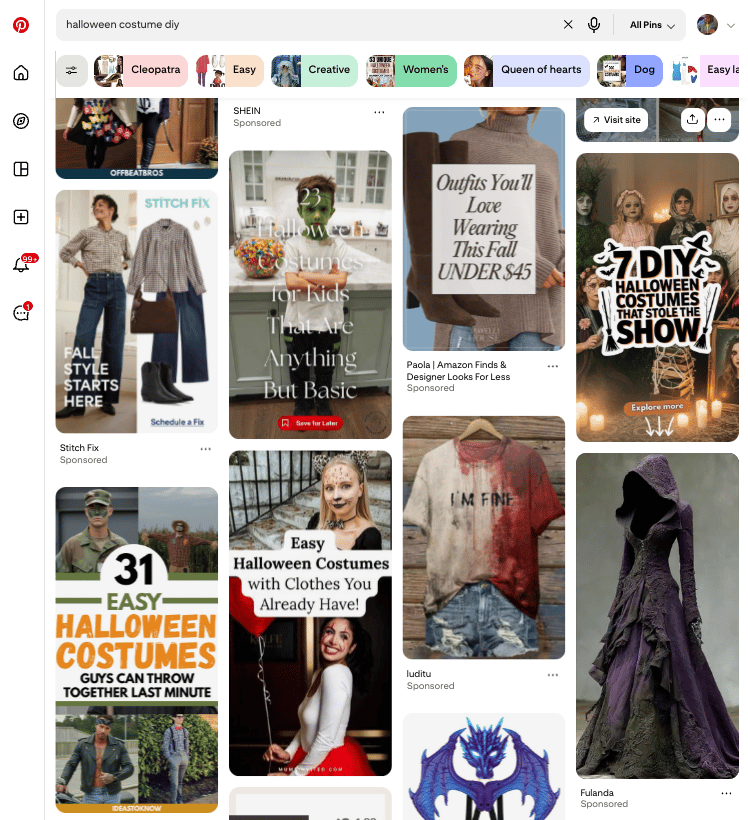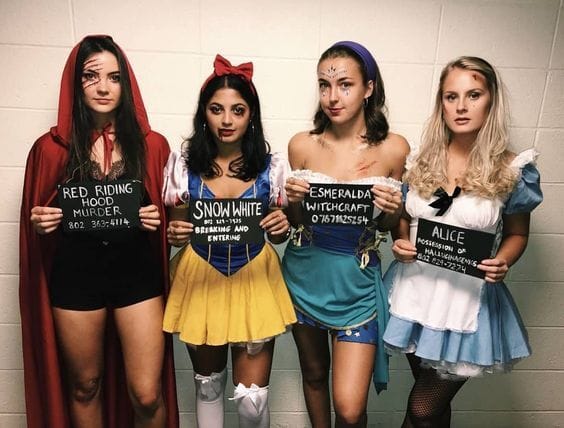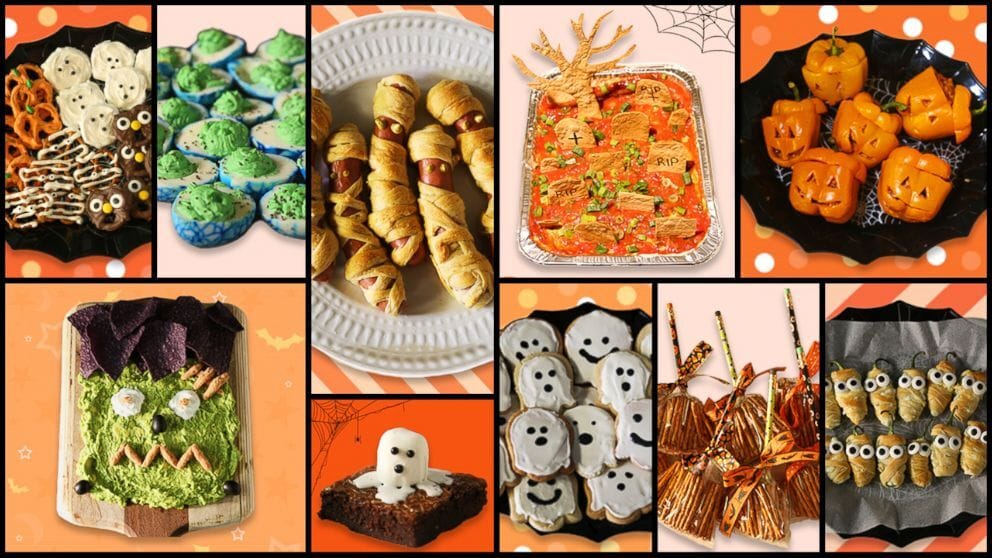- The Wolf on Wealth
- Posts
- How Pinterest Sold Planning
How Pinterest Sold Planning
Pinterest made "saving for later" feel so satisfying that users voluntarily started shopping seasons two months early...

📌 Want to extend your sales season by 60 days? Pinterest convinced millions of people that planning Halloween in June was a productive hobby—then charged retailers $3B annually for access to customers who wouldn't buy for 4 more months.
Read time: 4 minutes | 895 words
STORY
📌 How Pinterest Turned Halloween Into a 60-Day Shopping Season

While retailers spent billions on Halloween advertising last year, the real genius happened quietly on Pinterest—where a bug-collecting kid from Iowa convinced millions of people to start planning Halloween in June, stretching a single-day event into a two-month shopping frenzy that increased category sales by over 40% in a decade.
🎨 The Setup: From Google Complaints to Vision Boards
Ben Silbermann grew up in Des Moines collecting bugs and baseball cards. After Yale, he landed at Google's ad division—where his ideas got shot down because he lacked an engineering background. His girlfriend finally told him to stop whining and build something himself.
So he quit. A failed shopping app called Tote led to Pinterest in March 2010. "Collecting tells a lot about who you are," Silbermann said. "There wasn't a place to share that side of who you were."
For nine months, Pinterest had under 10,000 users. But something strange happened: Middle America showed up to plan weddings, organize recipes, and create vision boards for their future selves. Pinterest wasn't about now—it was about next.

🎃 The Pitch: People Were Already Planning
By 2021, searches containing "Halloween" started rising as early as the second week of May, and "Halloween inspiration" searches were 3X greater in August compared to the previous year.
The yearly uptick in Halloween content hits Pinterest starting in June—when people really start planning for fall holidays. Not September.
Pinterest's business model inadvertently created the perfect machine for extending retail holidays. Users saved ideas, organized boards, and planned purchases months in advance. Retailers noticed and followed the data.

🛒 The Results: "Spooky Season" Was Born
47% of consumers now shop for Halloween before October (vs. 32% a decade ago)
$11.6 billion in total Halloween spending in 2024, nearly double 2014 levels
56% of 25-34 year-olds start Halloween shopping before October
Many Halloween enthusiasts now mark July 5th as the official start of Spooky Season.</cite> Home Depot throws "Halfway to Halloween" sales in April. Mars announces Halloween candy in May. Spirit Halloween opens in August.
Pinterest generates $3+ billion annually through advertising—selling access to nearly 500 million users who are planning purchases months before they buy.
🔮 The Revelation?
Pinterest didn't extend Halloween through marketing. They did it by making planning feel like a hobby. While other platforms competed for attention in the moment, Pinterest built a business around your future self—turning "someday" into a daily habit.
Every brand launching Halloween merchandise in August is participating in a retail calendar Pinterest pioneered by accident. And every parent saving costume ideas in July proves that Silbermann never stopped being a collector—he just taught everyone else to collect their future.
TOGETHER WITH HAUS
Unlocking Incrementality: A Guide for Marketing Success
In today's chaotic marketing landscape, brands need a reliable way to measure what works and what doesn't. Incrementality is the answer.
This free ebook, “Unlocking Incrementality: A Guide for Marketing Success,” will teach you everything you need to know about incrementality, from the basics to advanced strategies.
Inside, you’ll learn:
What incrementality is and why it matters: Understand how it differs from traditional attribution and why it’s essential for modern marketers.
How to measure and test incrementality: Explore proven methods like geo experiments and conversion lift testing.
How to optimize your marketing spend: Identify your most impactful channels and allocate your budget with confidence.
Real-world success stories from top brands: See how leading brands use incrementality to drive growth and improve ROI.
INSIGHT + ACTION
3 Lessons From The Spooky Season Empire

The smartest move wasn't building a photo-sharing app—it was making planning so rewarding that millions created demand months before spending, forcing retailers to shift their calendar.
1. Sell to Future-Self, Not Present-Self. Pinterest didn't compete for attention now. They built for who you're planning to become.
Every pin saved votes for your aspirational identity—the person who hosts perfect parties, wears creative costumes, decorates beautifully.
Users organized Halloween boards in June not because they needed costumes, but because planning made them feel like someone who "does Halloween right."
Action: Stop selling immediate solutions. Position your product as a tool for the customer's future self—the version they're trying to become.
Make the planning stage feel productive and aspirational. When people invest emotionally in planning before buying, they're already committed months in advance.

2. Let Customers Create the Shift, Then Monetize the Pattern. Pinterest didn't tell retailers to start selling in June—users organically planned that early. Pinterest showed retailers the data.
By 2021, searches started in May. Retailers followed because the demand signal was undeniable.
Pinterest never convinced brands to advertise early—they just proved people were already looking.
Action: Don't force behavior change. Watch for organic patterns in how customers naturally use your product, then amplify and monetize them.
Your customers are already doing something unusual that creates value. Measure it and show stakeholders the data. Once you prove the pattern exists, others pay to access it.
3. Charge for Access to Intent, Not Conversion. Pinterest's genius wasn't making people buy on their platform—it was selling access to people planning purchases months before they'd buy.
A person saving costume ideas in June won't purchase until October. But retailers pay for that June impression because intent beats attention.
Pinterest monetized the earliest stage of the buyer's journey.
Action: Identify the earliest moment someone signals purchase intent—before they're ready to buy, before comparing options, when they're still dreaming.
That's when you have the most influence and the least competition. Charge for access to that moment, not the transaction itself.
The bigger insight? The most valuable opportunity isn't changing customer behavior—it's making existing behavior visible, measurable, and monetizable.
Pinterest didn't invent early Halloween planning. People were always thinking ahead.
They made invisible behavior visible through saved pins, proved it happened at scale through search data, and sold access to retailers.
TOGETHER WITH CoW SWAP
Best Price, Every Trade.
Want the best price on every swap? CoW Swap evaluates routes across DEXs in real time and settles the most efficient path. Tighter pricing, higher success rates, fewer reverts. Find your best price.
MEME



